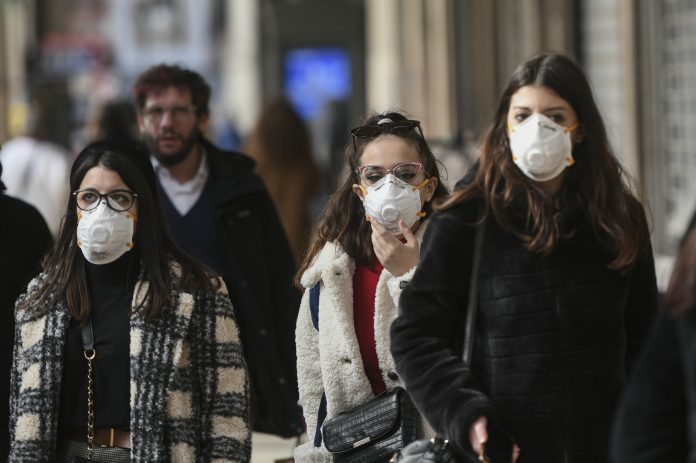Margaret Heffernan, Author of Uncharted, shares her thoughts about how AI, big data and forecasting might not be the solution to the coronavirus, and how society should really be preparing itself for more inevitable epidemics
There are many bad aspects of an epidemic. But perhaps the worst is the fact that they don’t repeat themselves. So, although they are minutely examined and analyzed, learning from one can’t provide certainty, only clues.
In January 1976, when doctors diagnosed thirteen soldiers at Fort Dix with flu, tests revealed that most suffered from A Victoria or A Port Chalmers virus – not the strain responsible for 1918. But about seven samples some uncertainty remained. After retesting, just two contained swine flu type haemagglutinin, closely related to the cause of the 1918 pandemic. Meanwhile, one of the flu-ridden soldiers went on a five-mile march against doctor’s orders and died. After an emergency medical meeting at Fort Dix with the Center for Disease Control, labs were mobilized to produce a swine flu vaccine. The head of the CDC, David Sencer, argued and gained support for the mass inoculations of the American population and within ten weeks, over 40 million people had been immunized, without a single case of the disease having been identified since the first findings at Fort Dix. 1976, it turned out, was not 1918.
In the years that followed, it transpired that those who had been inoculated were four times more likely to develop Guillain-Barre Syndrome, a life-threatening condition that can lead to respiratory arrest and paralysis; at least twenty people died. The CDC was accused of using scare tactics to promote its own agenda, leaving a legacy of cynicism and skepticism about vaccines and nationwide health programs. Forced to leave the CDC, David Sencer, the evangelist for mass inoculations, moved to New York City where he became the city’s health commissioner. And that’s where he was working when a new disease arrived: AIDS. Now, he didn’t rush into action. But this time what he saw was a pandemic and the gay community rounded on him for failing to appreciate the scale of an unfolding tragedy.
Each epidemic is unique
As Richard Hackett, head of the Centre for Epidemic Preparedness Innovations told me, in epidemics n = 1: each one is unique. That means that the uncertainty that surrounds them is always there – and that historical analogies can be deeply unhelpful. For weeks, social media has been buzzing with references to 1918 – “Is this the big one?” – that specifically militates against understanding what is happening today. That means that any good public explanation of what is happening today, and what could happen tomorrow, has to take into account the public’s flawed mental model of what an epidemic is. This calls for outstanding cultural translators: people who understand the science (both of epidemics and statistical modeling) and who understand their audience.
But keeping predictions secret is a forlorn hope. That means that all scenarios, best to worst, have to be unpacked and explained with precision and detail. Publishing extracts from the PHE briefing that said “As many as 80% of the population are expected to be infected with Covid-19 in the next 12 months, and up to 15% (7.9 million people) may require hospitalization” may make sense to the NHS officials it was designed for – but among the general population it instilled panic and distrust. Where had these new numbers come from? What does being infected with Covid-19 really mean? Who could anyone believe?
All models produce scenarios which have some probability attached to them. This is tricky because even professional mathematicians like David Spiegelhalter acknowledge that probability is hard to understand and highly counter-intuitive. Models contain value judgments about what data is important and what data isn’t, so they are all hypotheses. That does not make them useless. It means that it is essential that they not be encapsulated in headlines or soundbites, that they have to be patiently and meticulously explained in language anyone can understand. If the government wants citizens to believe its decisions are legitimate, they need far better explanation of where they come from.
In our household, my scientist-husband laboured long to unpick for our frightened, grownup children what this scenario meant. When he’d done so, they were a great deal calmer. But this generation grew up with the banking crisis and lives with a climate crisis. They expect things to be bad. They don’t need horror headlines. They need to understand, in detail, how decisions are made and why. Otherwise, they’ll turn to history.








